How to Choose the Perfect Wall Bracket for Your Home Setup
In today's technology-driven world, the right wall bracket can significantly enhance your home setup by providing both functionality and aesthetics. According to a recent industry report by Statista, the global market for wall-mounted TV brackets is expected to reach $3.5 billion by 2025, reflecting a growing trend toward home entertainment solutions that prioritize space efficiency and organization. Furthermore, a survey conducted by HomeAdvisor indicates that nearly 70% of homeowners consider wall brackets essential for maximizing their living space while maintaining a clean and organized look. Whether you're mounting a television, a monitor, or shelves, selecting the perfect wall bracket is crucial to ensure stability and safety. This guide will help you navigate the various options available and make informed decisions that align with both your style and practical needs.
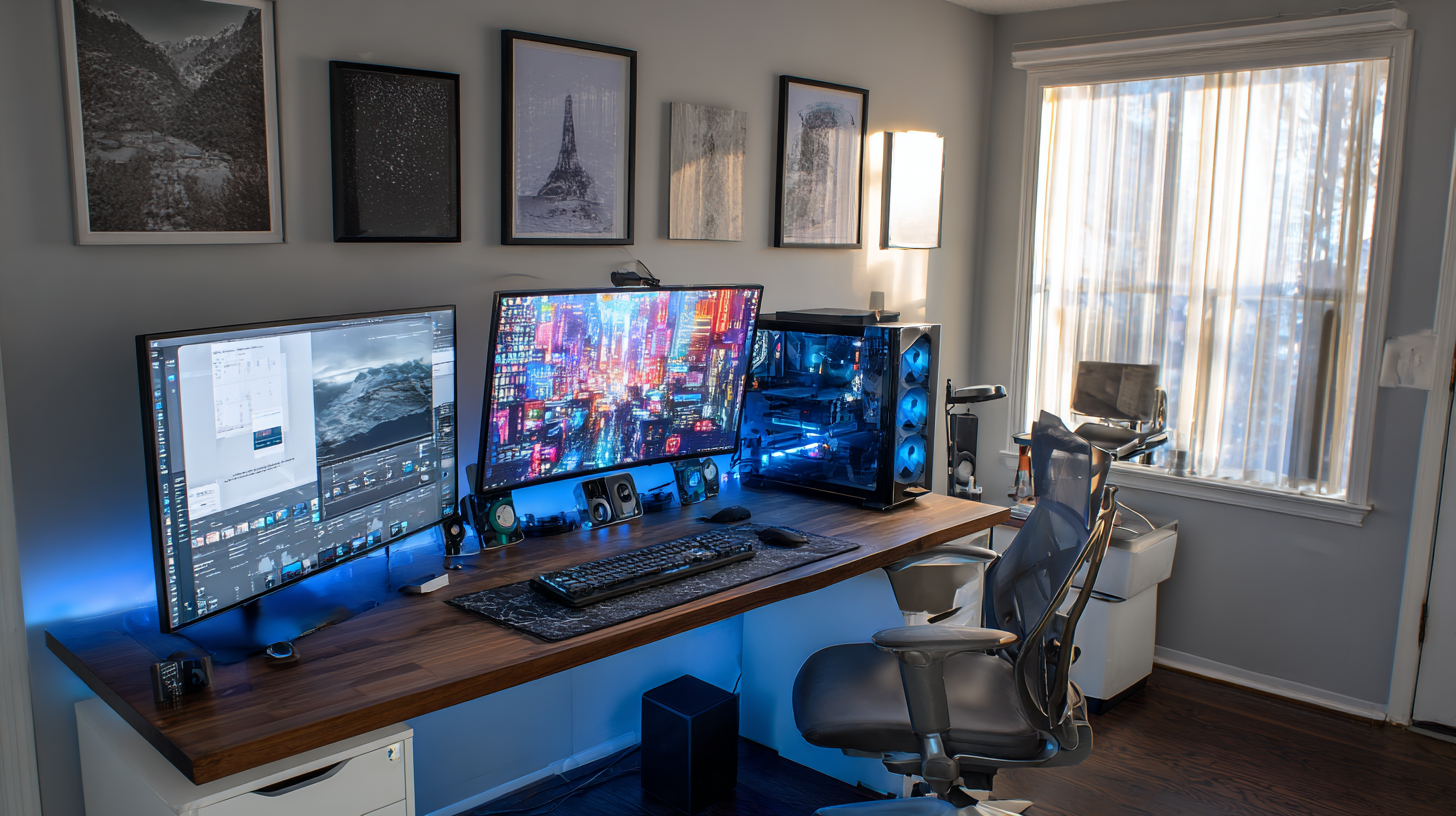
Understanding Wall Bracket Types: Fixed, Tilting, and Full-Motion Options
When selecting the ideal wall bracket for your home setup, understanding the types available is crucial. Fixed brackets are the most straightforward option, offering a secure, stationary mount. These are perfect for setups where the viewing angle remains consistent, such as in a dedicated home theater. According to a report by the Consumer Electronics Association, approximately 35% of homeowners prefer fixed mounting due to its simplicity and stability, particularly for larger televisions that don't require frequent adjustments.
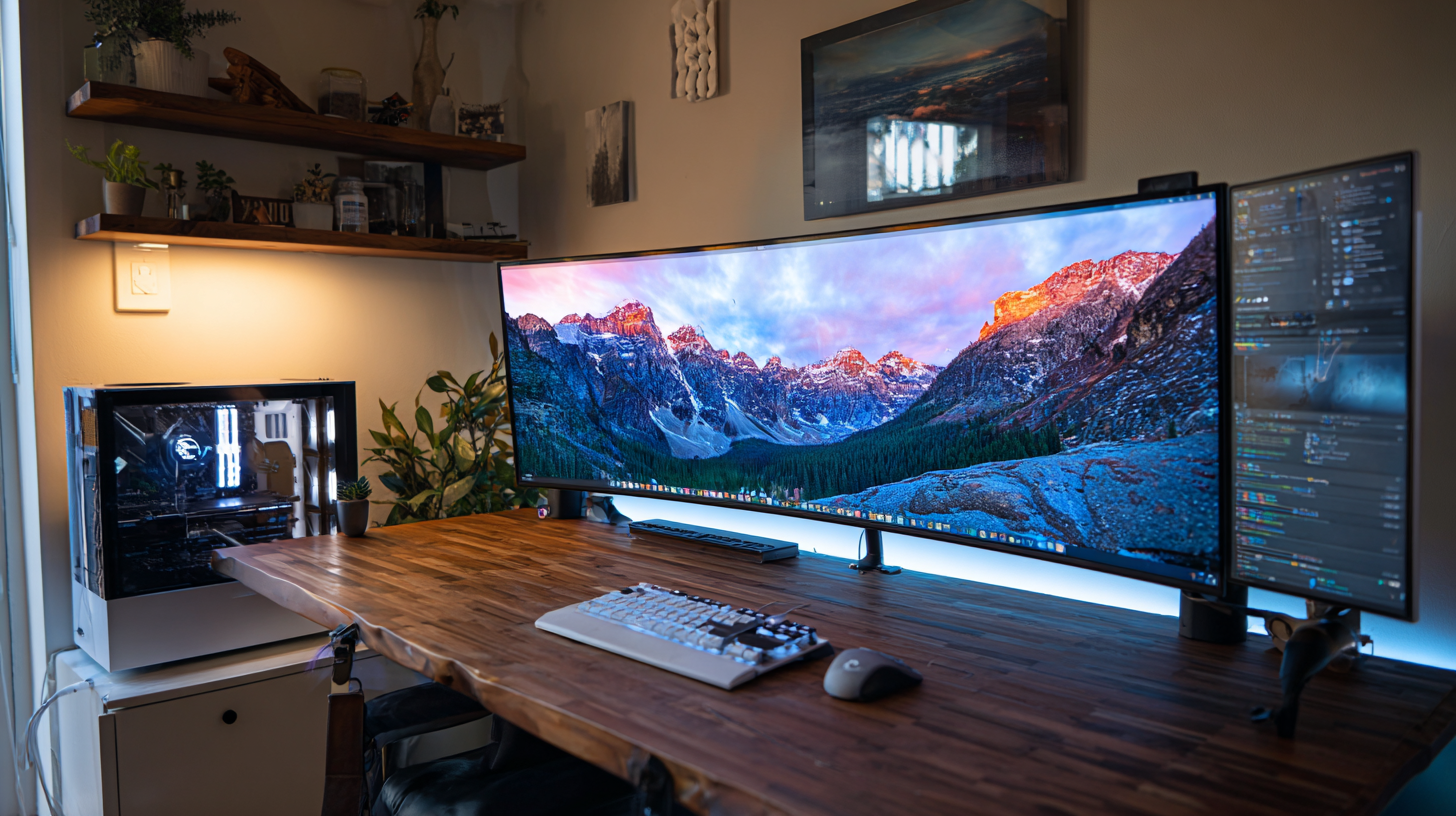
On the other hand, tilting brackets provide versatility, allowing users to adjust the angle of the screen while maintaining a flat profile against the wall. This is particularly beneficial for installations above eye level, as it helps reduce glare and enhances the viewing experience. Research from the National Association of Home Builders indicates that tilting mounts are becoming increasingly popular, with around 45% of consumers choosing them for their ease of use and improved comfort when watching from various positions.
For maximum flexibility, full-motion brackets are the top choice. They offer the ability to swivel and extend, making them perfect for multi-use spaces where viewers may sit at different angles. A recent study found that homes equipped with full-motion brackets saw a 25% increase in viewer satisfaction, highlighting their importance in dynamic living setups. By understanding these options, you can make an informed decision that best suits your home entertainment needs.
Calculate the Ideal Mounting Height Based on Screen Size and Viewing Distance
When selecting a wall bracket for your home setup, it's crucial to consider the ideal mounting height based on your screen size and viewing distance. Correct alignment can enhance your viewing experience significantly, ensuring comfort and minimizing strain on your eyes and neck. Generally, the center of the TV screen should be at eye level when seated, which is typically about 42 to 48 inches from the floor for an average adult. However, this can vary depending on the height of your seating arrangement and personal preferences.
To calculate the appropriate mounting height, measure the distance from your seating area to the screen. A common guideline is to mount your television at a height that allows for a viewing angle of about 15 degrees downward from your eyes. For instance, if you have a 55-inch TV and are sitting approximately 7 feet away, consider raising the screen to about 54 inches from the ground to achieve an optimal viewing experience. Adjustments may be necessary based on the specific layout of your room and furniture style, but these principles provide a solid foundation for positioning your wall bracket effectively.
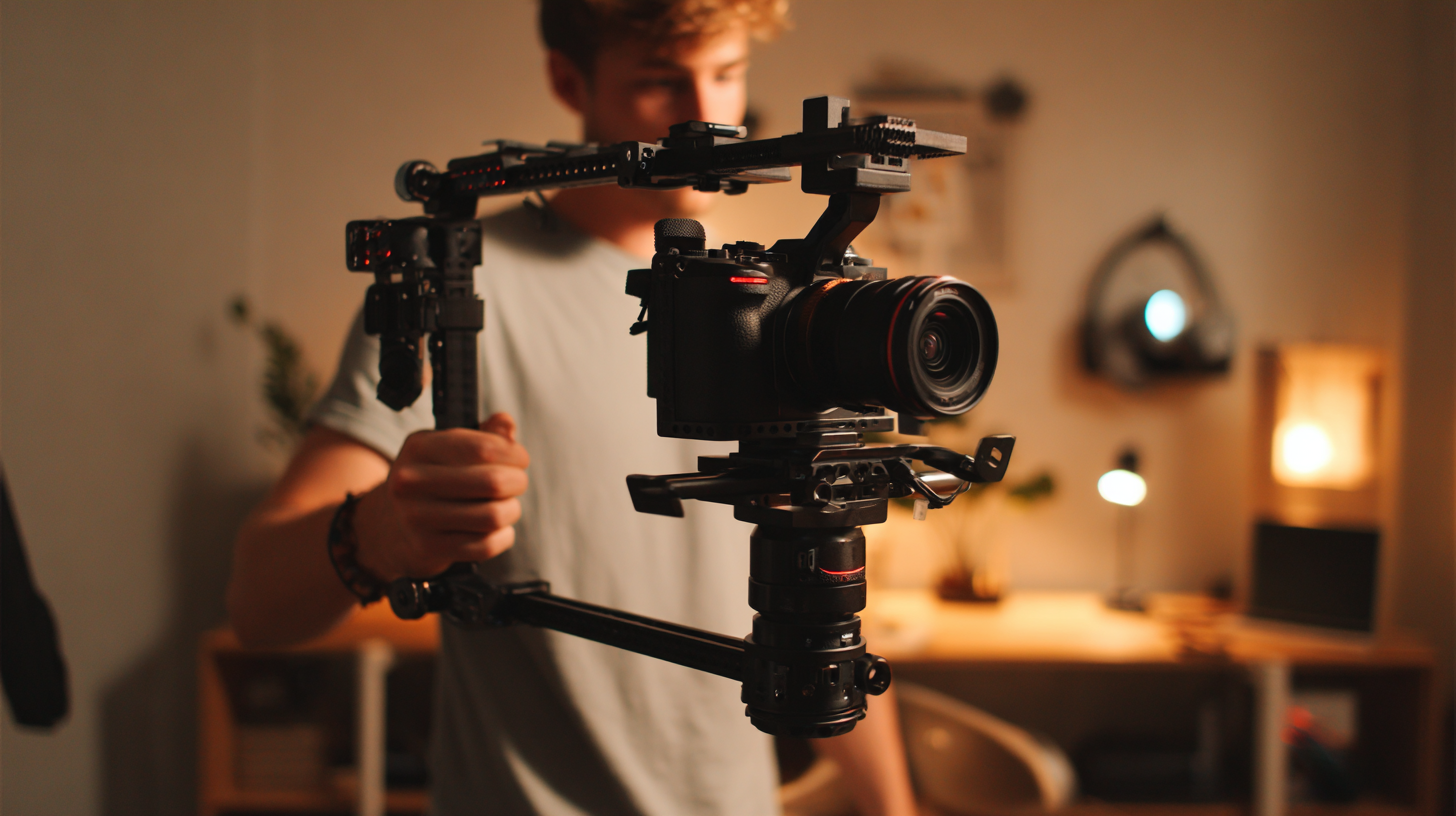
Assessing Weight Capacity: Ensuring Safety and Stability for Your TV Setup
When selecting a wall bracket for your TV, assessing the weight capacity is crucial to ensure both safety and stability. First, check the specifications of your television, as each model comes with its own weight requirements. Wall brackets are typically rated for a maximum load, which can vary significantly among different brands and types. It’s advisable to choose a bracket that exceeds your TV's weight to account for any additional stress, such as vibrations from speakers or movement in the room.
Additionally, consider the wall's material and structure where the bracket will be mounted. For instance, drywall without proper reinforcement may not support heavier setups effectively, leading to potential disasters. Utilizing wall anchors or mounting directly into studs can drastically improve stability. Furthermore, always follow the manufacturer’s installation guidelines and use suitable tools to secure the bracket properly, ensuring your TV remains safely in place for years to come.
Factors Influencing Wall Material Compatibility for Mounting Brackets
When selecting the perfect wall bracket for your home setup, it's crucial to consider the compatibility with your wall material. Different materials, such as drywall, brick, or concrete, require specific types of anchors and brackets to ensure a secure installation. For instance, heavier items may need more robust support systems, particularly if you're working with solid materials like concrete or masonry. Always check the manufacturer’s guidelines regarding the maximum weight each bracket can support based on the wall type.
Tips for securing a wall bracket effectively include using a stud finder to locate sturdy beams behind drywall, which can provide additional strength for mounting. For brick or concrete walls, opt for masonry screws or specialized anchors that can withstand the weight and reduce the risk of damage to the wall. Additionally, consider the placement of your mounting bracket, aligning it with power sources or cable management systems to maintain a clean aesthetic in your home setup. By taking these factors into account, you can achieve a professional-looking installation that meets both your style and operational needs.
Cable Management Solutions to Enhance Aesthetics and Reduce Clutter in Homes
Effective cable management is essential for enhancing the aesthetics of your home and reducing clutter. According to a 2022 report from the National Association of Home Builders, nearly 70% of homeowners indicated that visible wires and cables detracted from their living spaces. As technology continues to become more integrated into our daily lives, effective solutions to manage these cables can transform chaotic setups into clean, organized environments.
There are various cable management tools available that can complement wall brackets, such as cable sleeves, clips, and ties. A study by the Cable Management Association noted that properly organizing cables can improve not only visual appeal but also safety, reducing the risk of tripping hazards by approximately 40%. Utilizing these solutions not only keeps surfaces tidy but also extends the lifespan of your electronic devices by preventing wear from tangling and pinching. By thoughtfully selecting the right wall bracket and incorporating smart cable management techniques, you can create a polished and functional setup that suits your lifestyle.
How to Choose the Perfect Wall Bracket for Your Home Setup - Cable Management Solutions to Enhance Aesthetics and Reduce Clutter in Homes
| Bracket Type | Weight Capacity | Material | Ideal for | Cable Management Features |
|---|---|---|---|---|
| Fixed Wall Bracket | Up to 150 lbs | Steel | Flat Screen TVs | Cable covers |
| Tilt Wall Bracket | Up to 100 lbs | Aluminum | Medium sized TVs | Built-in cable management |
| Full Motion Wall Bracket | Up to 120 lbs | Steel | Large TVs | Integrated cable management arms |
| Articulating Wall Bracket | Up to 80 lbs | Metal and Plastic | Small to medium TVs | Cable ties included |
| Corner Wall Bracket | Up to 50 lbs | Wood | Small space TVs | Minimal cable visibility |
Related Posts
-
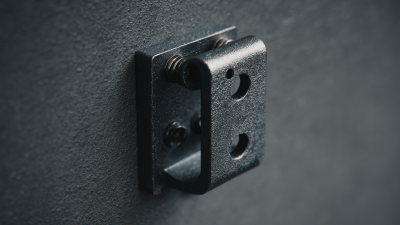
Essential Guide to Choosing the Right Wall Bracket: 5 Factors Backed by Industry Data
-
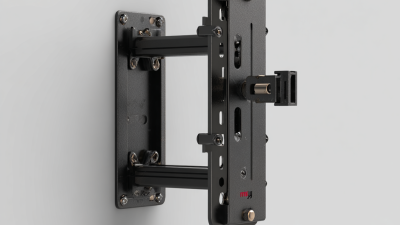
Top Industry Standards and Seven Key Reasons to Choose the Best Wall Bracket
-

The Ultimate Guide to Choosing the Best Mounting Hooks for Your Needs
-
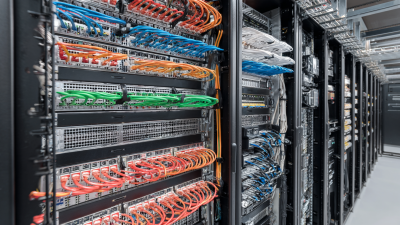
How to Optimize Your Space with Wall Mount Racks: A Guide Backed by Industry Statistics
-
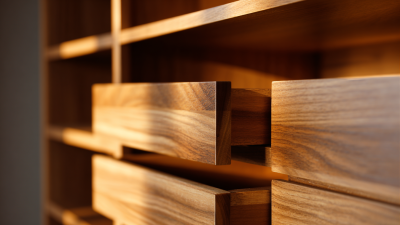
Step-by-Step Guide to Choosing the Perfect Shelves with Drawers for Your Home
-

Innovative Examples of the Best Mounting Bracket Solutions for Your Needs
